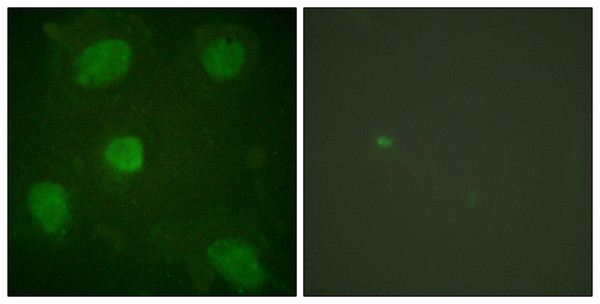| Post Translational Modifications | Phosphorylated by gonadotropin-releasing hormone-activated SRC. |
| Function | Functions as a molecular adapter coordinating multiple protein-protein interactions at the focal adhesion complex and in the nucleus. Links various intracellular signaling modules to plasma membrane receptors and regulates the Wnt and TGFB signaling pathways. May also regulate SLC6A3 and SLC6A4 targeting to the plasma membrane hence regulating their activity. In the nucleus, functions as a nuclear receptor coactivator regulating glucocorticoid, androgen, mineralocorticoid and progesterone receptor transcriptional activity. May play a role in the processes of cell growth, proliferation, migration, differentiation and senescence. May have a zinc-dependent DNA-binding activity. |
| Protein Name | Transforming Growth Factor Beta-1-Induced Transcript 1 ProteinAndrogen Receptor Coactivator 55 Kda ProteinAndrogen Receptor-Associated Protein Of 55 KdaHydrogen Peroxide-Inducible Clone 5 ProteinHic-5 |
| Cellular Localisation | Cell JunctionFocal AdhesionNucleus MatrixCytoplasmCytoskeletonAssociated With The Actin CytoskeletonColocalizes With Stress Fibers |
| Alternative Antibody Names | Anti-Transforming Growth Factor Beta-1-Induced Transcript 1 Protein antibodyAnti-Androgen Receptor Coactivator 55 Kda Protein antibodyAnti-Androgen Receptor-Associated Protein Of 55 Kda antibodyAnti-Hydrogen Peroxide-Inducible Clone 5 Protein antibodyAnti-Hic-5 antibodyAnti-TGFB1I1 antibodyAnti-ARA55 antibody |
Information sourced from Uniprot.org











